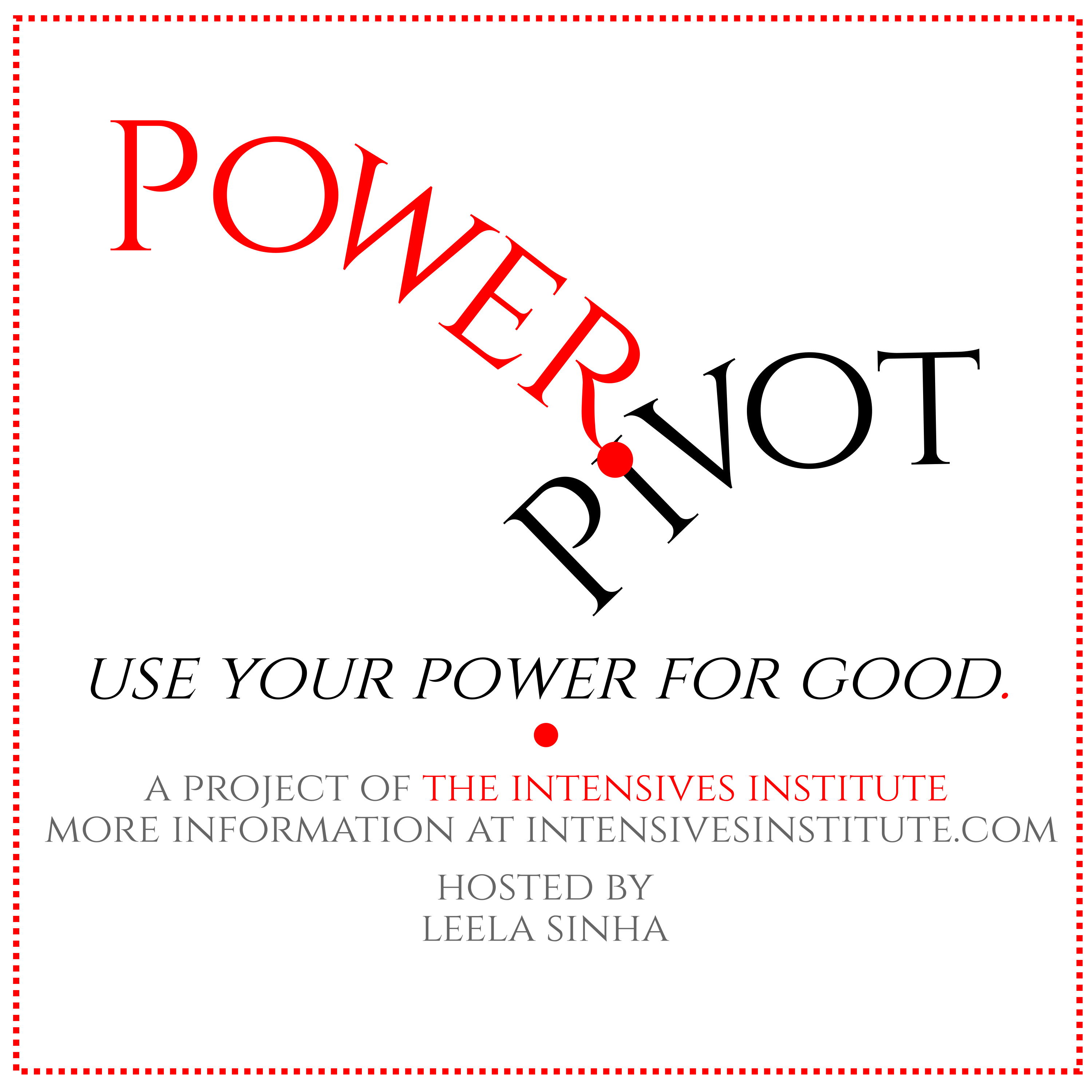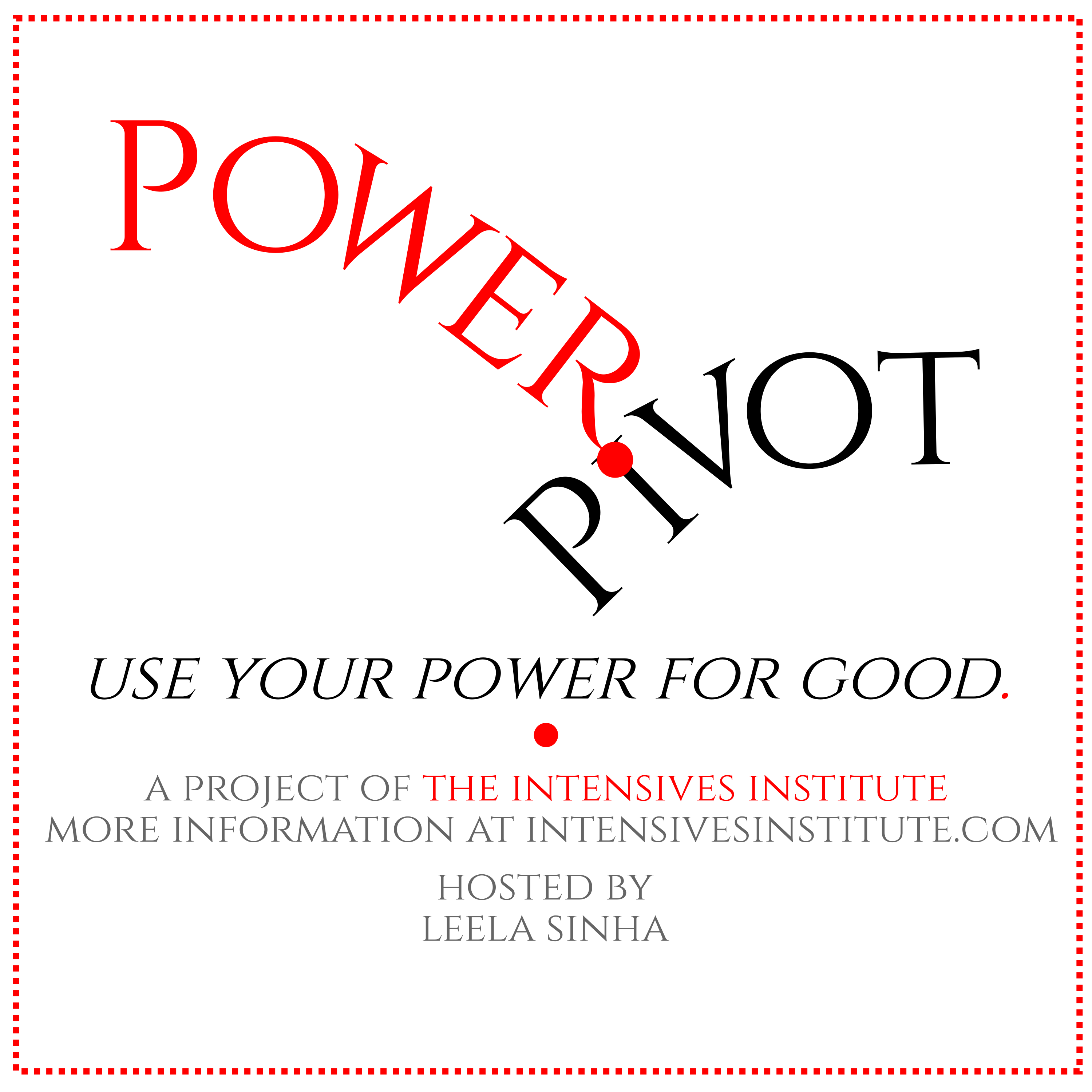Episode 31
aftercare for intensive release
"Adrenaline and cortisol are there to help us run away from tigers. Literally. Now we have all of this adrenaline built up. We have all this cortisol built up. And we don't know what to do with it. Neither does our body. And so how do we blow it off? And then how do we take care of ourselves after we've blown it off?"
In the previous episode, we talk about creating intensity in order to release stress and strain. But once we have done that, or after we've done anything emotionally intense, we need care. This is where we can figure out how to hold ourselves, and make sure we're held, in the ways that we need, in order to recover after the pressure is released. And to make this a first priority.
The book by Peter Levine that is mentioned is called "Waking the Tiger: Healing Trauma." Visit https://www.somaticexperiencing.com/se-books to learn more.
Transcript and notes:
https://dev.intensivesinstitute.com/captivate-podcast/aftercare-for-intensive-release
Recorded 15 January 2024.
Transcript
Hey, everyone, thanks for tuning in.
So this week we're talking about blowing the carbon out. Releasing the pressure that builds up when we're trying to go and stop at the same time. And last episode I talked about aftercare.
Now, aftercare is a concept that comes to us from the kink world. But it's not inherently kinky. It's inherently about knowing that you've done something intense. And making sure that you, and the people who have done that with you, have care afterwards.
In this case, it's about creating a space where what your needs are, can be met. As deeply as possible, as immediately as possible, as a first priority.
So if you know you're going to blow the carbon out, somehow- you're going to, you know, scribble on a piece of really good drawing paper with a strong crayon for 15 minutes, or an hour, or whatever. If you know you're gonna dive deep into feeling the feelings, and just release some steam and not really care about anything else, maybe it's going to make a little bit of a mess.
Maybe your intense thing is turning a cold hose on yourself in warm weather, or taking a cold shower. Or maybe your intense thing is going as hard as you can in your workout for a shorter period of time. Or maybe your intense thing is squeezing all your muscles really, really really really tightly and holding your breath, and then letting it out. And then doing it again and letting it out.
But whatever it is, after a while, you'll be done. And you'll feel that you're done because your body will just kind of collapse. That's what happens when you've burned off the adrenaline or the cortisol.
If you have the capacity to be burning it off by doing something like squats, that's the most intuitive way to do it. Because adrenaline and cortisol are there to help us run away from tigers. Literally. And so using our large muscle groups, like our quads, and our glutes, to do something intense for a short period of time, until we're exhausted; and then shaking it off, fairly closely replicates the like sprint away from a tiger until you're as far away as you can get. And then stopping exhausted and hoping the tiger gave up.
Peter Levine talks about this extensively in his trauma work, he actually has a book called... what is it? Chasing the tiger? That doesn't seem quite right. Usually we're not chasing it, it's chasing us. {editor's note: the correct title is "Waking the Tiger"} But he talks specifically about zebras and tigers or zebras and lions and, and the ways that these mechanisms served us when we were prey animals. A really long time ago. And how maybe, it's not great for us to not express that tension.
So you know that thing where like, your boss says, "Hey, I need to talk to you later." And then you spend the entire time between now and later, like getting more and more amped up and stressed out that maybe you're gonna get fired, or maybe your boss is mad at you or whatever. And maybe your boss is and maybe your boss isn't. But that buildup of tension.
And then you have that meeting. And there's probably no place in that meeting for you to express whatever you are feeling. Right? You're not going to sprint, you're not going to shout, hopefully. You know, the standards of so-called professionalism keep us in check in a lot of ways.
And the standards of so-called society keep us in check in a lot of ways.
And then.... And then we're in trouble a little bit. Because we have all of this adrenaline built up. We have all this cortisol built up. And we don't know what to do with it. Neither does our body.
And so how do we blow it off? And then how do we take care of ourselves after we've blown it off? And that's really what we're focusing on today. How do we how do we create that softness and that care that we need? And the answer is, well, there's never just one answer.
One of the answers is that we set it up ahead of time. We try to take care of it ahead of time. We make sure that we have tea and blankets and soft things if that's what we need. Or cool running water, if that's what we need. Or a peaceful meditation setup, if that's what we need. Or someone to literally hold us, if we have access to that, if that's what we need.
And then there's this thing where we moved really fast for a while. We went, go, go, go, go go, and then we stopped. So what we're doing is we're actually creating, we're replicating, that intensive go-intensive stop cycle. In a very short period of time.
Usually intensive go is at least a few hours, and sometimes a few days or a few weeks. And then intensive stop, is again, a few days, a few weeks. Sometimes longer. Sometimes intensive go is three months, and intensive stop is equally long. And we get to know what our bodies feel like when we're coming in and out of those phases. And we get to know what we need to do to maybe prolong one of those phases a day or two. But also to take care of ourselves, after we've pushed that kind of thing.
We become familiar with that cycle. This is just a much smaller version of that cycle.
We're gonna push for 15 minutes, half an hour, a couple of hours. And then we're going to allow ourselves, create the space where it's safe, where it's acceptable, where it's what is demanded of the situation, for us to collapse.
All that tension that's holding you together, let it go.
And so that might mean another adult, it might mean a lot of space to yourself, it might mean a cup of tea. It might mean a hot shower, or a hot bath. It might mean an hour just messing around in your garden, or tending your plants or lying down in bed and doing nothing or reading a novel. Stretching, breathing.
Breathing is always my first one. I come out of that intense state and the first thing I do is I take a deep, deep breath and let it out.
But then what happens after that? What is care after that? Imagining it, making a list, creating the conditions for it ahead of time, is how we support ourselves and each other. Knowing okay, I always feel soothed when I color. So I'm going to do this like really intense thing. And then I'm going to set up my coloring book, my favorite colored pencils, little dish of water for the watercolor pencil part, a glass of water so that I have something to drink.
Maybe your thing that's intense, is you go for a drive and you drive on the highway and you sing at the top of your lungs to that album that got you through your breakup when you were 23. And then you come home. Driving is always tricky for me because I feel like I do have to be careful when I'm driving. I don't want to hurt other people. I don't want to get into an accident. But for some people, it is release and it's the perfect release. And so if that's your release, you do that. And then you come home and what?
What do you need when you come home?
Maybe you know you're just gonna fling your keys in one corner and fling your coat in another corner. And that's okay. You'll pick it up later. Go ahead and fling. Maybe you know you're gonna want to come home to a novel, maybe you know you're gonna want to come home to a shower.
Maybe the thing that re-centers you and re-grounds you is a knitting project. Something really repetitive and slow and tactile.
Maybe you know you need to come home to a love note. And the only person who can write that love note right now is you. So you pre write the love note. Or at least make notes for the love note. Maybe you decide you're not going to be able to write the love note right now, so you find an old one or you make a commitment to yourself to write that love note in that aftermath state. Or you set up a Spotify playlist or a photo gallery.
Maybe the thing that centers you is clay so you make an appointment at the clay studio. Maybe you can do the whole thing at the clay studio. Maybe you just wedge an entire 25 pound bag of clay. You get it all out and then you sit down and you center.
And one of the things I've learned about clay is that it tells on you if. You're not centered, neither will your pot be. But sometimes centering can help you get centered. So you figure out what it is that you need. You set it up and you, you do it as lavishly as you possibly can.
You imagine that you are your own distraught child and you want to just provide comfort.
Because for many of us, this is also re-parenting ourselves. This is also giving ourselves the opportunity to have a kind of nurturing that we didn't have growing up. Especially if we were intensive and our families didn't understand us.
And so this part, too, can be emotional. This part, too, can be a moment of transformation. Where we have an experience that changes how and who we are. What if it was okay for you to have an emotional moment? I don't even want to call it an outburst. Because that feels- while it's descriptive, it also feels judgy.
What if it was okay for you to just have a feeling out loud, or onto a paper or whatever. A big feeling. A feeling of overwhelm and frustration and all the things at once. And then afterwards you could be held, you could be cared for. Afterwards, someone would say "that was a big feeling. I saw that you were having a big feeling. And I'm here and I love you. Thank you for being you in the world. Thank you for having big feelings in the world. Thank you for caring for yourself."
And now you get to be held.
Imagine. Imagine.
So figure out how you can hold yourself. So here's where you get to figure out how you can hold yourself or how you can make sure that you get held in the way that you need. Ahead of time, so that you know it's there. So you can blow the carbon out and then come home.
Thanks for tuning in. I'll talk with you soon.


